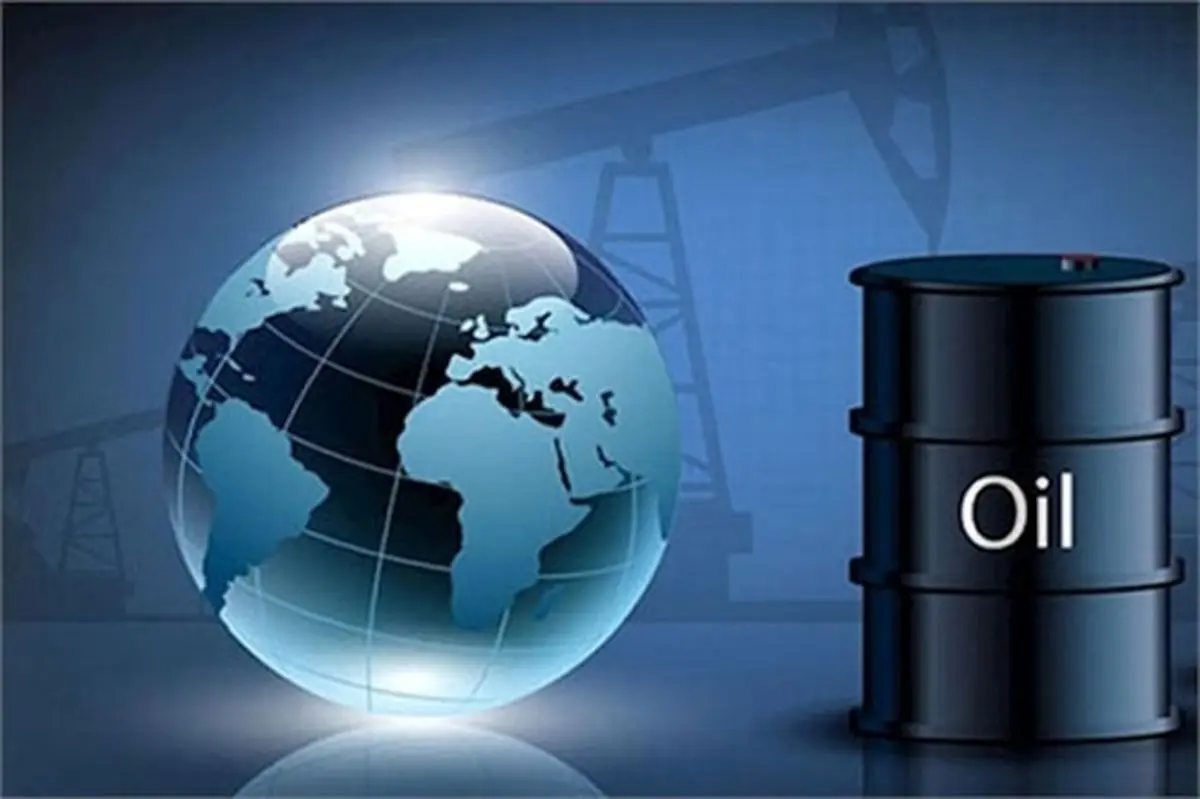Iran's Oil exports near 1 Billion barrels in 2017

Iran's export of crude oil and gas condensate amounted to nearly 1 billion barrels in 2017 in a year that OPEC and other producers stepped up efforts to keep a lid on supplies and drain bloated inventories.
The country shipped around 777 million barrels of crude oil and 180 million barrels of condensate last year, averaging 2.62 million barrels a day, Oil Ministry's news portal Shana reported on Monday.
That breaks down to 2.1 million bpd of crude and 490,000 bpd of condensate.
Condensate is an ultra light grade of oil extracted from South Pars, the world's largest gas field shared between Iran and Qatar in the Persian Gulf. Iran ships out nearly its entire condensate output.
The bulk of shipments (62%) were sent to customers in Asia while Europe accounted for 38% of exports. The largest intake came from China, the world's top oil buyer and energy consumer, followed by India, South Korea and Japan.
The country's oil revenues would stand at around $48 billion with $50-per-barrel crude. Iran made $95 billion and $69 billion from crude exports in 2011 and 2012 respectively, according to the US Energy Information Association.
The reports named Turkey, Italy, Britain, Hungary and the Netherlands as some of the European clients of Iran's crude.
Until two years ago, Iran was shut out of the European energy market and its oil trade was limited to a handful of Asian buyers that took in just around 1 million barrels a day under temporary waivers.
But the lifting of sanctions in January 2016 helped Iran to resume oil sales to major customers in Europe, including Italy's Saras and Eni, Greek refiner Hellenic Petroleum, Madrid-based Repsol, Royal Dutch Shell and French energy giant Total that holds a stake in an ambitious offshore Iranian gas venture.
Crude prices crashed from over $100 a barrel in mid-2014 to less than $30 a barrel in early 2016, prompting OPEC and non-OPEC producers to form an alliance to cut back on output.
Oil prices have been supported by the extension of a supply cut pact between OPEC and some non-OPEC producers from March up to the end of 2018.
In the final months of 2017, prices also received support from political tensions in the Middle East and supply disruptions in Iraq, the United States and elsewhere.
The accord has propelled crude benchmarks to their highest levels since the middle of 2015.
Under the scheme, Iran is expected to pump around 3.8 million barrels a day. The country is producing around the same level, according to government figures and data provided by OPEC's secondary sources monitoring the production of the group's member states.
Once OPEC's second-largest and the world's fourth-biggest crude supplier, the country hopes to return to its mighty days in the 1970s when it produced over 6.5 million barrels a day.
"Based on estimates by the National Iranian Oil Company, Iran can add 3 million barrels to its daily crude output in 10 years," Gholamreza Manouchehri, NIOC's deputy for development and engineering, said this month.
END
